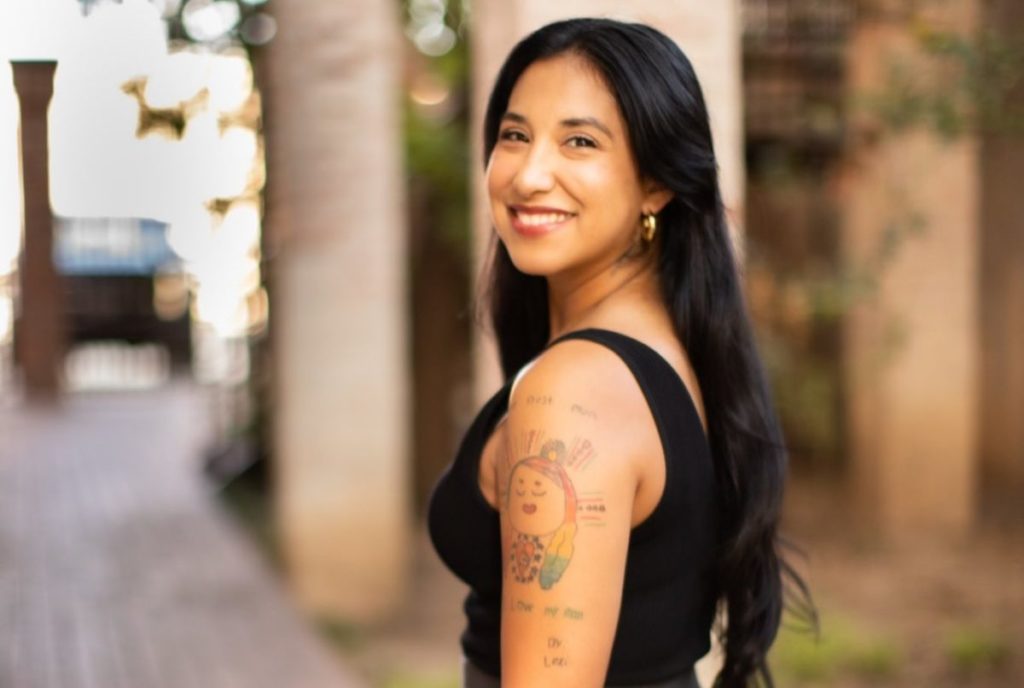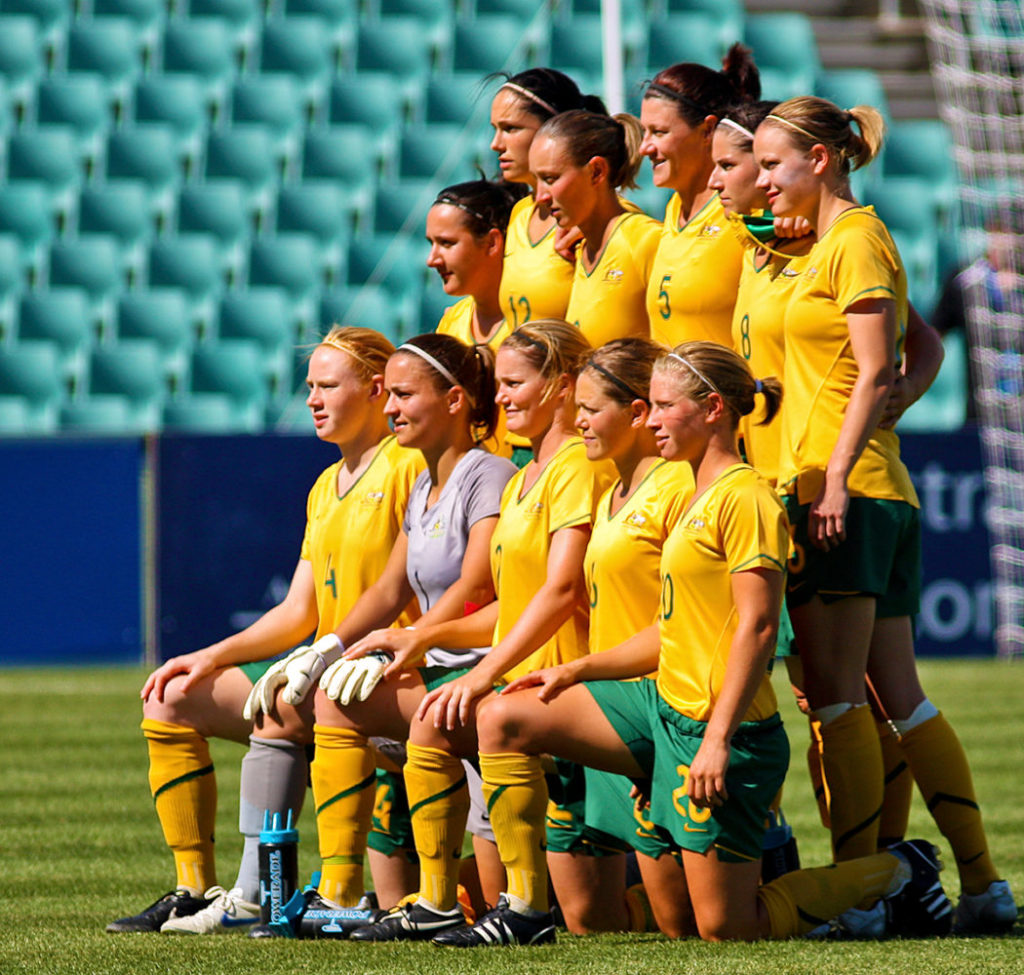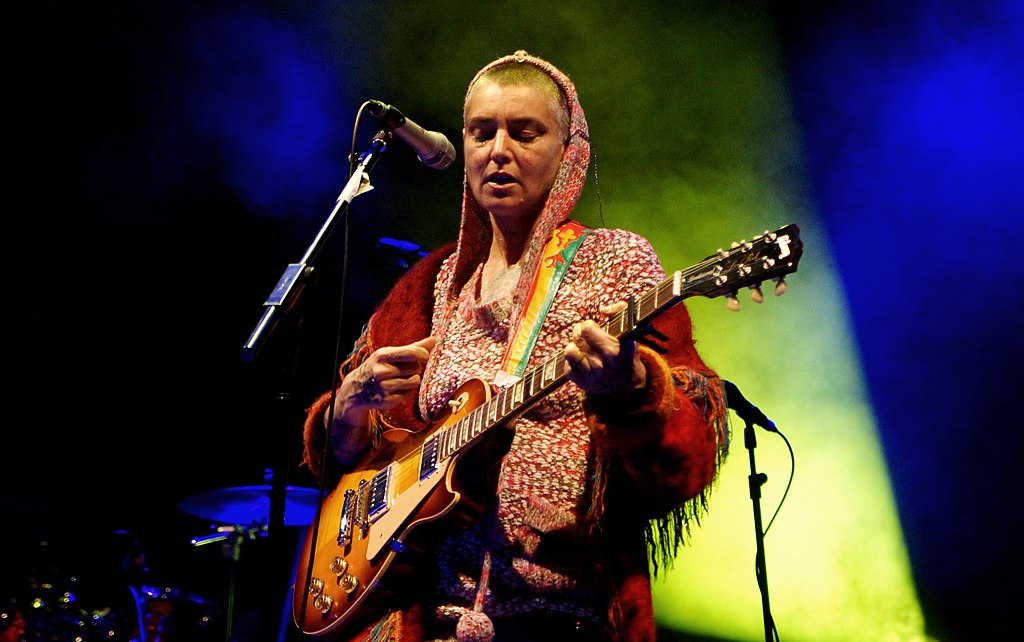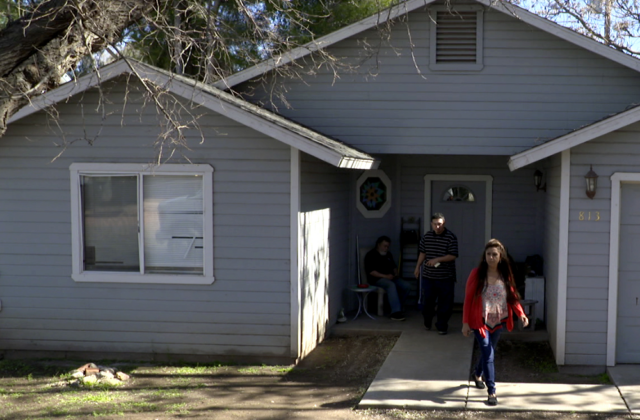Afghan Women: ‘We are not Fragile’
Lorem ipsum dolor sit amet, consectetur adipiscing elit. Nam neque eros, dapibus non ante ac, condimentum mollis ligula. Fusce sed interdum sem. Vivamus neque urna, varius vitae ante vel, efficitur pharetra risus. Fusce vestibulum orci arcu, in efficitur magna interdum in. Aenean volutpat, nulla sit amet sodales gravida, nunc magna laoreet lacus, vitae tincidunt quam orci at orci. Quisque mollis faucibus ligula, at luctus libero varius eget. Duis sed libero congue, volutpat velit ultrices, finibus quam. Duis arcu neque, ullamcorper sed justo vitae, viverra fringilla turpis. Integer faucibus pellentesque sodales. Nulla id quam in sapien lacinia vulputate. Donec consectetur lacus sed nibh maximus, ac vulputate quam tincidunt. Nullam id diam nec justo fringilla pharetra. Nulla dapibus faucibus purus vitae aliquam. Ut sollicitudin metus quis sapien posuere iaculis.
Pellentesque sit amet efficitur ligula. Nunc ut volutpat felis. Curabitur sed turpis mi. Sed aliquam, dui non tempus egestas, lorem magna dapibus ante, eget maximus sapien augue at leo. Phasellus et purus vel elit sodales egestas. Cras at ex at massa suscipit molestie quis ac odio. Suspendisse eu porttitor dui. Donec aliquet nunc at massa faucibus aliquam. Etiam auctor dui in mauris molestie, vel rutrum leo efficitur. Sed semper est orci, eu dignissim magna molestie vel. Vivamus sodales pellentesque justo, nec tempor leo imperdiet vel. Donec feugiat cursus metus, vitae feugiat odio volutpat quis. Mauris gravida, dui a tempor malesuada, erat augue malesuada mauris, in eleifend nunc turpis ac orci. Aenean lacinia, quam vitae placerat rutrum, nulla ipsum fermentum tortor, a pulvinar odio nisi sed enim. Nulla facilisi. Morbi quis lacus a eros luctus dapibus et in est.
Nearly 4,000 miles away, an Israeli-American journalist named Danna Harman – who had traveled to Afghanistan four years prior to report on an all-girls robotics team – was on holiday in Venice. Her phone was blowing up with messages from Afghan women she knew, asking for help. So, she started making some calls. That was just the beginning of an escape operation that helped nearly 200 Afghans relocate – first to Tajikistan, then to a refugee camp in Abu Dhabi, then finally to Canada.
With Harman’s help, we got in touch with some women who fled Afghanistan – as well as some women who are still there. And we want to share their stories with you.
What do you think of when you hear Afghan woman?
“You probably were expecting a shy little girl who was dominated by men her whole life.”
— Marwa Dashty
For many, stereotypical images of women in burqas come to mind. We might picture Afghan women being oppressed by men, subservient, staying at home, speaking when spoken to. Hidden from the public eye.
Every now and then, maybe we’ll see a news feature about an Afghan “genius girl” who excels in sports or in STEM. Good for her, we think. And we treat her as an exception to the stereotype, rather than an example of what all Afghan women are capable of.
This way of thinking can be traced to the endless stream of news stories telling us about the ways in which Afghan women are oppressed, which too often eclipses their identities – their sense of humor, quiet moments of rebellion and their poetic way of speaking.
Our goal with this project is to give Afghan women – those who fled and those who stayed behind – a platform for visibility at a time when the Taliban seeks to erase them from public life. We hope to paint a fuller picture than what’s typically seen. Yes, there is painful inequity and a collapse of rights and dreams. But there is still hope in all the fear, and glimmers of defiance in the midst of brutal oppression.





